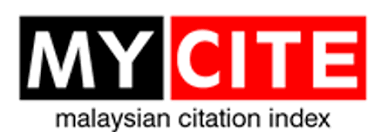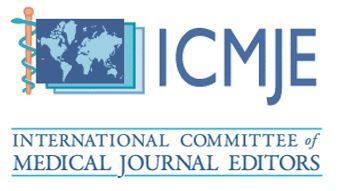Subtypes, Risk Factors and Site of Stenosis of Ischaemic Stroke in a University Hospital in Bangladesh
DOI:
https://doi.org/10.51200/bjms.v15i2.2453Keywords:
hypertension, ischaemic stroke, risk factor, subtype, TOAST criteriaAbstract
Stoke is the second most common cause of death and the most common cause of adult disability. To plan an efficient evaluation and treatment of an individual patient with ischaemic stroke, the clinician should be familiar with the subtyping of ischaemic stroke patients and the risk factors analysis of different aetiology. Eight hundred seventy-seven (877) patients have been selected for this cross-sectional study conducted in a university hospital of Bangladesh from 2014 to 2018, to whom brain imaging [Computed Tomography (CT)/ Magnetic Resonance Imaging (MRI)], vascular imaging [Magnetic Resonance Angiogram (MRA), Digital Subtraction Angiogram (DSA)], ECG and echocardiography have been done. We did subtyping according to TOAST criteria. The mean age of patients was 60.5 ± 11 years. Most patients (29.33%) belonged to the age group 51 – 60, where 70.47% of subjects were male and 29.53% were female. In this study, 43.87% of patients were in the large artery atherosclerosis group, 23.83.% in the small vessel occlusion group, 8.46% in the cardiac embolism group, 19.30% in the undetermined aetiology group and 4.54% in other determined aetiology. Among risk factors hypertension, diabetes mellitus, dyslipidaemia was present in 58.15%, 38.42%, and 38.88% of patients, respectively. In ischaemic stroke patients, large artery atherosclerosis was the most common subtype and hypertension was significant in this group. Extracranial stenosis was more common in ischaemic stroke.
Downloads
Published
How to Cite
Issue
Section
License
The copyright of the article belongs to the authors, who retain ownership of their work published in the journal. Their work is distributed under the CC BY-NC 4.0 license








1.png)




